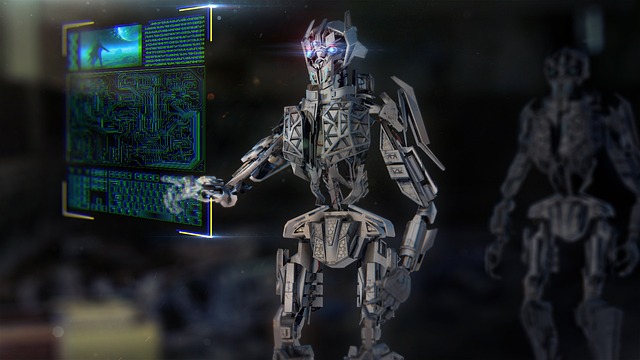Introduction:
Imagine a world where our thoughts have the power to control machines and interact with digital systems directly. This seemingly futuristic concept is rapidly becoming a reality through the groundbreaking advancements in Brain-Computer Interfaces (BCIs). BCIs offer a direct communication pathway between the human brain and external devices, enabling us to augment our cognitive abilities, restore lost functions, and revolutionize various fields, including healthcare, gaming, and communication. In this blog, we will delve into the fascinating world of BCIs and explore their boundless potential.
Understanding Brain-Computer Interfaces:
A Brain-Computer Interface is a technology that establishes a direct communication channel between the human brain and an external device or computer system. This communication can occur through various methods, including invasive techniques that involve implanting electrodes directly into the brain, as well as non-invasive techniques that utilize sensors placed on the scalp or near the brain.
BCIs function by detecting and interpreting electrical signals generated by the brain. These signals, often referred to as brainwaves, are produced as a result of neural activity and convey valuable information about our intentions, emotions, and cognitive states. BCIs capture these signals and translate them into commands or actions that can be understood by machines or software.
Applications of Brain-Computer Interfaces:
Medical Advancements: BCIs have tremendous potential in the field of medicine. They can provide a means of restoring mobility and communication for individuals with severe disabilities. For example, paralyzed patients can use BCIs to control robotic limbs, enabling them to perform tasks that were once impossible. BCIs also hold promise in treating neurological disorders such as Parkinson's disease, epilepsy, and stroke rehabilitation.
Enhancing Cognitive Abilities: BCIs can augment human cognition by providing direct access to information and expanding our mental capabilities. Researchers are exploring the use of BCIs for improving memory, attention, and learning. This technology could potentially assist individuals with cognitive impairments, enhancing their quality of life and independence.
Gaming and Entertainment: BCIs have the potential to revolutionize the gaming industry by offering immersive and interactive experiences. Players can control characters and environments in games using their thoughts, making gaming more intuitive and engaging. Additionally, BCIs enable virtual reality systems to respond directly to users' intentions and emotions, creating a truly immersive and personalized experience.
Communication and Assistive Technology: BCIs can provide a lifeline for individuals with speech and communication disorders. By directly decoding their brain activity, BCIs can translate their thoughts into spoken or written words. This opens up new possibilities for people with conditions such as locked-in syndrome or amyotrophic lateral sclerosis (ALS) to communicate and express themselves.
Challenges and Future Directions:
While BCIs hold immense potential, several challenges need to be addressed for their widespread adoption. These challenges include improving the accuracy and reliability of signal detection, miniaturizing the technology for comfortable daily use, and ensuring user privacy and data security.
However, ongoing research and development are rapidly overcoming these hurdles. Innovations in machine learning and artificial intelligence algorithms are enhancing the accuracy of brain signal decoding, while advancements in materials and wireless technology are making BCIs more practical and user-friendly.
Looking ahead, BCIs have the potential to reshape the way we interact with technology and augment our cognitive abilities. As the technology continues to evolve, we can expect to see exciting breakthroughs in areas such as brain-controlled prosthetics, neurorehabilitation, mental health treatments, and even seamless integration of BCIs with our everyday devices.
Conclusion:
Brain-Computer Interfaces are at the forefront of technological innovation, bridging the gap between the human brain and external devices. They offer unparalleled possibilities for individuals with disabilities, medical professionals, gamers, and anyone seeking to enhance their cognitive abilities.




0 Comments